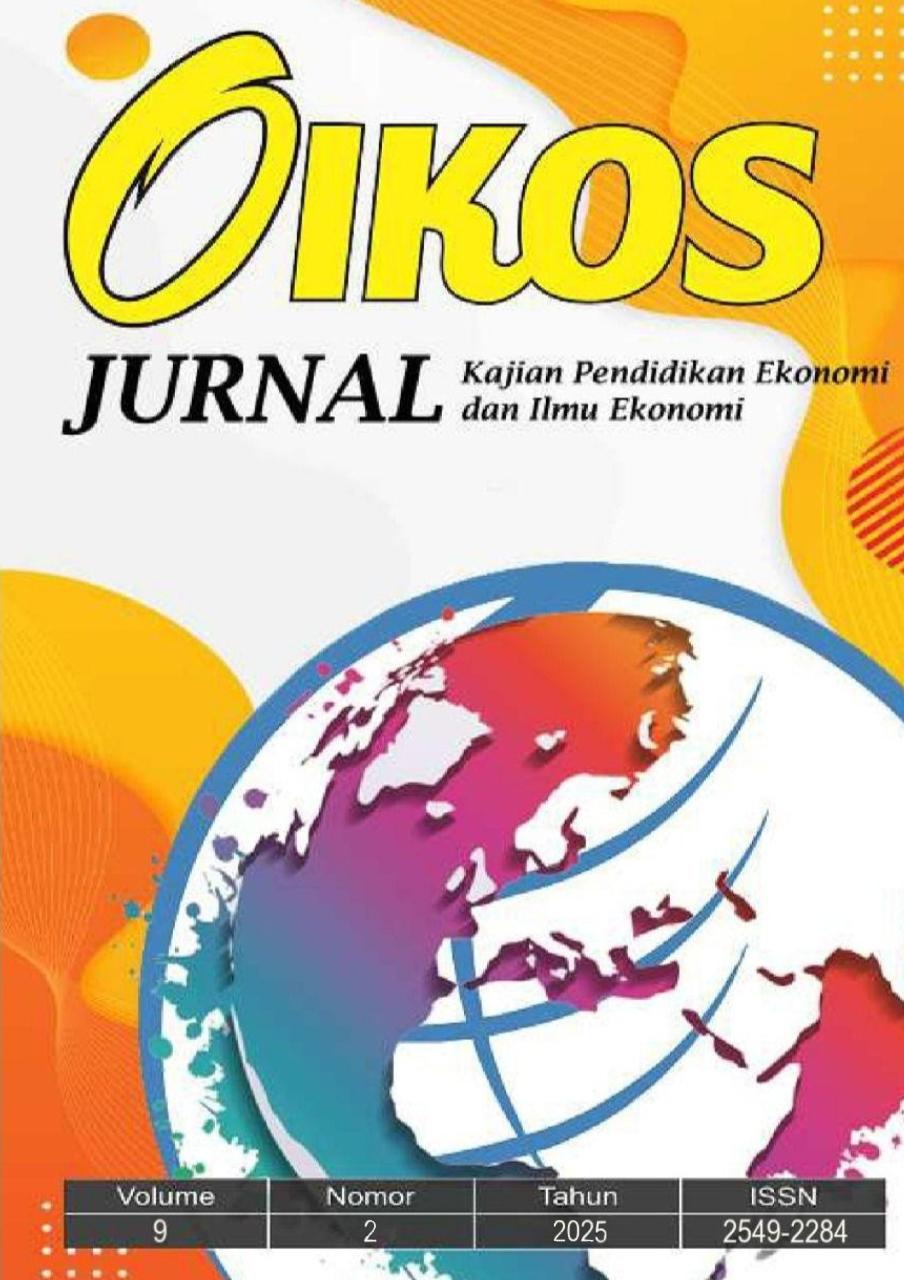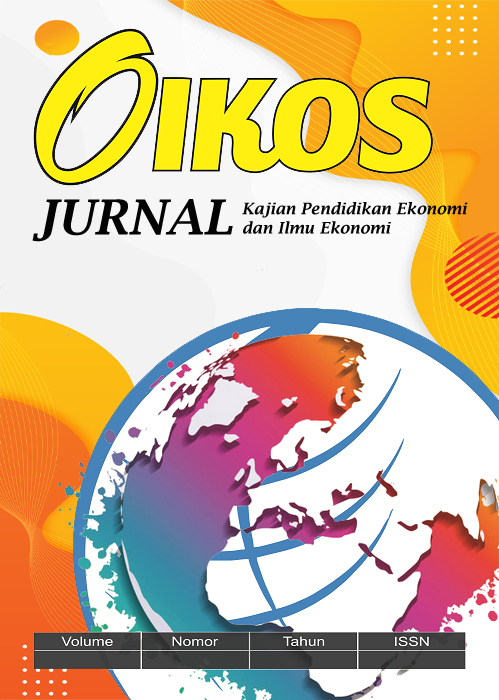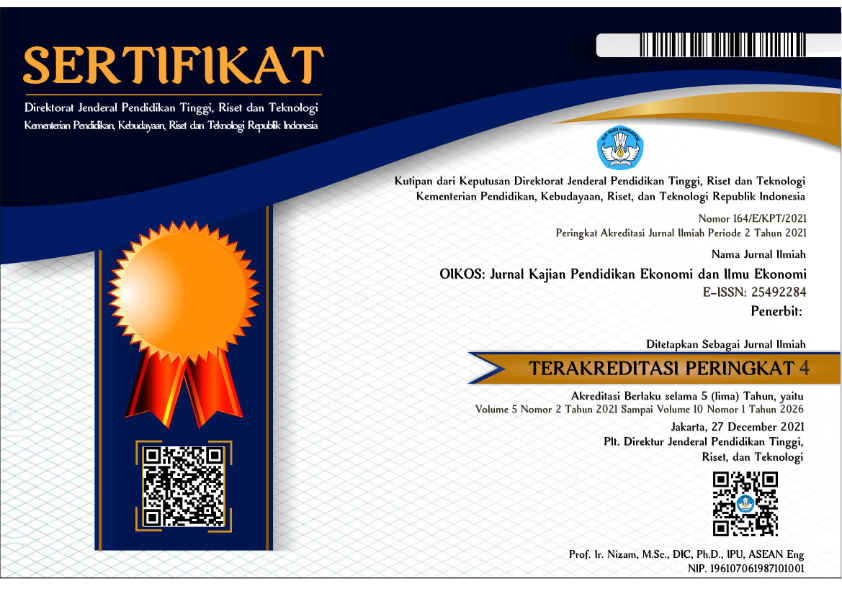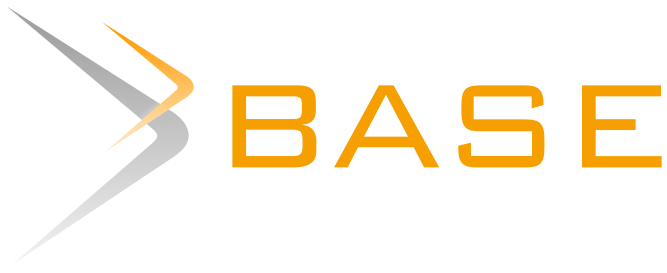Social Media Improves Marketing Performance of Micro Business Products: A Study from Pekanbaru City
Keywords:
social media, marketing , UMKMAbstract
The aim of carrying out this research is to explain how social media is used in marketing micro business products and to find out whether social media has an impact on the development of micro businesses. This research uses this type of qualitative descriptive research using a phenomenological approach. The phenomenological method seeks to understand the meaning of events and their relationship to people in certain situations. Based on the results of research on the use of social media in marketing MSME products, Simpang Baru Village, Pekanbaru City, Riau Province, it can be seen that micro businesses in Simpang Baru Village use Instagram and WhatsApp social media in marketing or promoting their products. They use social media by uploading photos and videos by editing them through the application and then uploading them with words that attract customers. Apart from that, micro businesses also rent or utilize well-known social media accounts to promote products and goods so that their products are known to many people. However, from the use of social media, the language used is not good and correct and in terms of business premises there are still many buyers who do not get a seat. The existence of social media has a positive impact on micro businesses to expand product marketing. The existence of social media provides convenience and good benefits for increasing customers and also increasing income. However, when using social media you must also be consistent so that your business becomes better known and grows. If it is not consistent, what will happen is a decrease in income.
Downloads
References
Achmad, Z. A., Azhari, T. Z., Esfandiar, W. N., Nuryaningrum, N., Syifana, A. F. D., & Cahayaningrum, I. (2020). Pemanfaatan Media Sosial dalam Pemasaran Produk UMKM di Kelurahan Sidokumpul, Kabupaten Gresik. Jurnal Ilmu Komunikasi, 10(1).http://jurnalfdk.uinsby.ac.id/index.php/JIK
Agustinus, A., & Junaidi, A. (2020). Pengaruh Sosial Media (Instagram) dalam Meningkatkan Brand Awareness Kopi Kenangan. Prologia, 4(2), 339. https://doi.org/10.24912/pr.v4i2.6605
Ahmed, M. A., & Zahid, Z. (2014). Role of social media marketing to enhance CRM and brand equity in terms of purchase intention. Asian Journal of Management Research, 4(3), 533–549.
Alfajri, M. F., Adhiazni, V., & Aini, Q. (2019). Pemanfaatan Social Media Analytics Pada Instagram Dalam Peningkatan. Interaksi: Jurnal Ilmu Komunikasi, 8(1), 34. https://doi.org/10.14710/interaksi.8.1.3
Alfareza, K., Indrawati, H., & Trisnawati, F. (2023). Strategi Pemasaran UMKM Keripik Tempe di Kecamatan Singingi Kabupaten Kuantan Singingi. Jurnal Kajian Pendidikan Ekonomi Dan Ilmu Ekonomi, 5(2), 99–106.
4-42Bate'e, M. M. (2019). Pengaruh Media Sosial terhadap Keputusan Pembelian di Toko Kaos Nias Gunungsitoli. Jesya (Jurnal Ekonomi & Ekonomi Syariah), 2(2), 313–324. https://doi.org/10.36778/jesya.v2i2.108
Chandra, Y. (2017). Social Entrepreneurship As Emancipatory Work. Journal of Business Venturing, 32(6), 657–673. https://doi.org/10.1016/j.jbusvent.2017.08.004
Creswell, J. W. (2007). Qualitative Inquiry and Research Design: Choosing Among Five Approaches 2nd Edition. Sage Publication.
Dewi, N. P., & Supriyanto, A. (2017). Dampak Media Sosial terhadap Kinerja Bisnis melalui Pemasaran Berbasis Output dan Biaya. Riset Manajemen & Akuntansi,8(2),8493.http://ejournal.lppmstieatmabhakti.id/index.php/RMA/article/view/56%0Ahttp://ejournal.lppmstieatmabhakti.id/index.php/RMA/article/download/56/52
Dinas Koperasi dan Usaha Mikro. (2020). Kriteria UMKM https://dinkopum.bojonegorokab.go.id/menu/detail/5/KRITERIAUMKM#:~:text=Usaha%20Mikro%20adalah%20usaha%20produktif,(Tiga%20Ratus%20Juta%20Rupiah) diakses pada Senin, 18 September 2023 17:34 WIB.
Fakhrudin, A., Valeria, M., & Awan. (2022). Bauran Pemasaran. Deepublish.
Fourqoniah, F., & Aransya, M.F. (2020). Kegagalan dan Keberhasilan dalam Kewirausahaan. Lakeisha.
Harahap, T. R., Sitio, R., & Mazidah, H. (2022). The Influence of Ease of Use, Social Media, Price, and Consumer Trust on Purchase Intentions Using the TikTok Shop by Labuhanbatu Students. Daengku: Journal of Humanities and Social Sciences Innovation, 2(6), 886–894. https://doi.org/10.35877/454ri.daengku1360
Heryana, A. (2018). Informan dan Pemilihan Informan dalam Penelitian Kualitatif. Sistem Informasi Akuntansi: Esensi Dan Aplikasi, December, 14. eprints.polsri.ac.id.
Indrawati, H., Caska, H., & Suarman, H. (2020). Barriers to technological innovations of SMEs: how to solve them? International Journal of Innovation Science, 12(5), 545– 564. https://doi.org/10.1108/IJIS-04-2020-0049
Kotler, P., & Armstrong, G. (2018). Principles of Marketing. New Delhi: Pearson.
Kotler, P.T., Keller, K.L., Brady, M., Goodman, M., Hansen, T. (2019). Marketing Management. Singapore: Pearson Education.
Newing, H., Eagle, C., Puri, R., Watson C.W (2011). Conducting Research in Conservation a Social Science Perspective. Routledge.
Nggilu, M., Tumbel, A. L., & Djemly, W. (2019). Pngaruh Viral Marketing, Celebrity Endorsement dan BrandAwareness terhadap Keputusan Pembelian pada Geprek Bensu Manado. Jurnal Ekonomi Bisnis, Manajemen Dan Akuntansi (JEBMA), 2(1),1–9. https://doi.org/10.47709/jebma.v2i1.1208
Putri, B. R. T. (2017). Manajemen Pemasaran. UNUD.
Raheni, C. (2018). Pengaruh Media Sosial terhadap Minat Beli Konsumen Studi Kasus Mahasiswa. Jurnal Sinar Manajemen, 5(2), 82–85. http://jurnal.unismuhpalu.ac.id/index.php/JSM
Sharma, S., & Verma, H. V. (2018). Social media marketing: Evolution and change. In Social Media Marketing: Emerging Concepts and Applications. https://doi.org/10.1007/978-981-10-5323-8_2
Sri, H., Sukesi, & Kanty, H. (2019). Manajemen UMKM dan Koperasi: Optimalisasi Ekonomi Masyarakat Pesisir Pantai. Unitomo Press.
Sushandoyo, D., & Magnusson, T. (2013). A Two-way Relationship Between Multi-level Technological Change and Organisational Characteristics-cases Involving the Development of Heavy Hybrid Buses. Technovation, 32(7–8), 477–486. https://doi.org/10.1016/j.technovation.2012.05.002
Syakira, A. R., Saragih, S., Anggraini. R. D. (2022). Penerapan Sistem Informasi Akuntansi Manajemen Pada Usaha Kecil Menengah di Kota Pekanbaru. EKOMA : Jurnal Ekonomi, Manajemen, Akuntansi, 2(1), 210–216. https://doi.org/10.56799/ekoma.v2i1.1161
Thabit, T. H., & Raewf, M. B. (2018). The Evaluation of Marketing Mix Elements: A Case Study. International Journal of Social Sciences & Educational Studies, 4(4). https://doi.org/10.23918/ijsses.v4i4p100
Umeze, G.E., & Ohen. S.B. (2015). Marketing Mix Strategies and Entrepreneurial Competence: Evidence from Micro Restaurants in Calabar Metropolis, Cross River State, Nigeria. International Conference in Agricultural Economist, Milano.
Wikipedia Ensiklopedia Bebas. (2023). Simpang Baru, Binawidya, Pekanbaru. https://id.wikipedia.org/wiki/Simpang_Baru,_Binawidya,_Pekanbaru diakses pada Minggu 10 Desember 2023 09:23 WIB.
Williams, D,L., Crittenden, V,L., Keo, T., & McCarty, P. (2012). The Use of Social Media: an Exploratory Study of Uses Among Digital Natives, Journal of Public Affairs,Vol.12 No.2,pp.127-136. https://doi.org/10.1002/pa.1414
Yin, Robert K. (2014). Studi Kasus: Desain & Metode. Grafindo Persada.
Zagoto, Y., Yuliyati, M. T., Pambudi, R., Cikdan, M., & Mukadi, M. (2022). Peran Pemasaran melalui Media Sosial dalam Meningkatkan Pendapatan UMKM di Masa Pandemi. Jurnal Peradaban Masyarakat, 2(1), 37–40. https://doi.org/10.55182/jpm.v2i1.117
Downloads
Published
Issue
Section
License
Copyright (c) 2025 OIKOS: Jurnal Kajian Pendidikan Ekonomi dan Ilmu Ekonomi

This work is licensed under a Creative Commons Attribution 4.0 International License.









